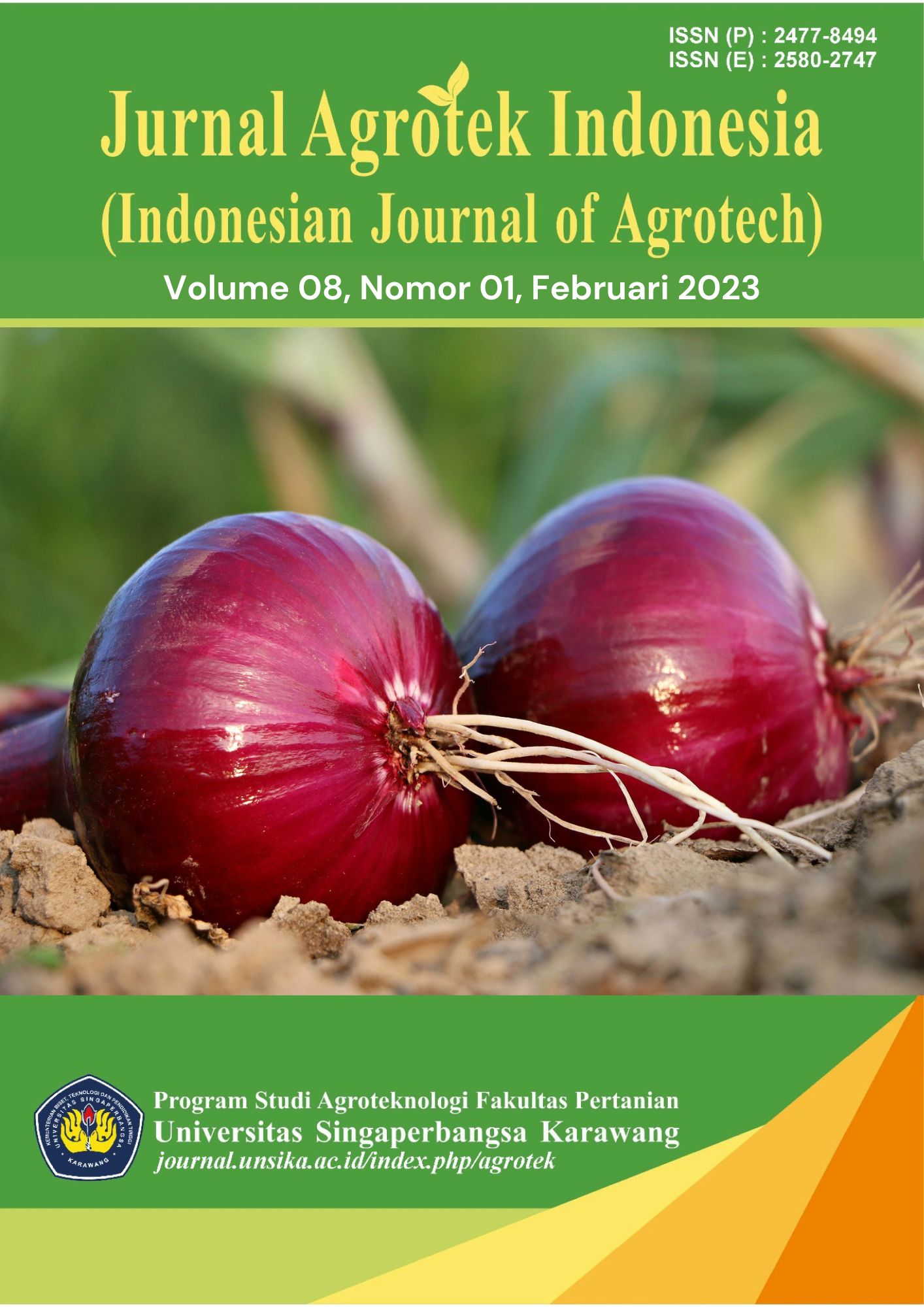Tinjauan Perlindungan Tanaman menggunakan DNA Ekstraseluler (exDNA) Musuh
DOI:
https://doi.org/10.33661/jai.v8i1.9061Abstract
Pests, pathogens and weeds are enemies of plants that cause a decrease in crop productivity to a decrease in production which leads to a decrease in farmers' income. So far, farmers have controlled the population of these plant pests using chemical pesticides because they are effective, cheap and fast. However, the use of these chemical pesticides has a negative impact on the environment because the chemical residues will settle in the soil and can contaminate agricultural produce, water and air, which can have an impact on human health. exDNA technology can be an alternative to biopesticides and plant vaccines to control pests, weeds and pathogens. Extracellular DNA referred to in this context is DNA outside the function of genetic inheritance. Recently it was discovered that the functional role of new DNA is that it can produce growth inhibitory effects in specific organisms (organisms within one species) and acts as an elicitor, inducing a defense system in organisms outside the species of origin exDNA (non-self). Here, the authors provide an overview of plant responses to extracellular DNA to its application in agriculture as a technology for plant protection.
Keywords: biopesticide; extracellular DNA; non-self exDNA; self-exDNA; plant vaccines
Downloads

Downloads
Published
How to Cite
Issue
Section
License
Copyright (c) 2023 Tessa Fauziah

This work is licensed under a Creative Commons Attribution-ShareAlike 4.0 International License.








